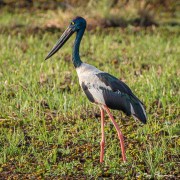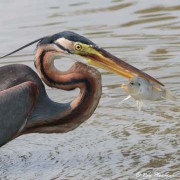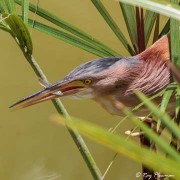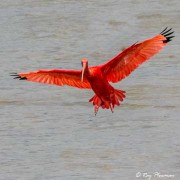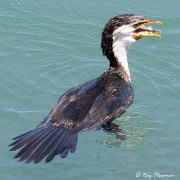Core Waterbirds Album
These photo albums group together core waterbird families placed under the same and related Aves orders, see Taxonomy note below. see Taxonomy note below. Each primary gallery displays adult portraits of individual species and juvenile/immature birds when I’ve been able to photograph them. Additional galleries supplement the portrait galleries to features behaviour such as foraging, hunting, feeding and action including flight.
Core Waterbird Photo Album Taxonomy
Core Waterbirds is the third in a series of three waterbird photo albums. The simplified family tree illustrates the arrangement of high-level bird clades and orders relevant to the Core Waterbirds Albums. Hierarchy is a time-ordered evolutionary history, oldest first, based on the Taxonomy in Flux Checklist. The Core Waterbirds Album includes five from the Ramsar Convention list which includes families from fifteen Aves orders.
Five orders in the Aequornithes clade form the Core Waterbirds Album:
Pelicans are part of Pelecaniformes order.
Herons, including Egrets and Bitterns, belong to Order Ardeiformes.
Ibises and Spoonbills belong to Plataleiformes order.
Cormorants, including Darters, are from the Suliformes order.
Storks belong to Order Ciconiiformes.
Although part of core waterbirds I’ve included the following Aves orders in the Seabirds Photo Album because they only come ashore to breed and spend most of their lives at sea:
(i) Phaethontiformes (Tropicbirds) and Suliformes (Boobies) see Bobbies, Frigatebirds & Tropicbirds,
(ii) Procellariiformes (Tubenoses) see Albatrosses, Petrels & Shearwaters,
(iii) Sphenisciformes (Penguins) see Penguins & Auks.
